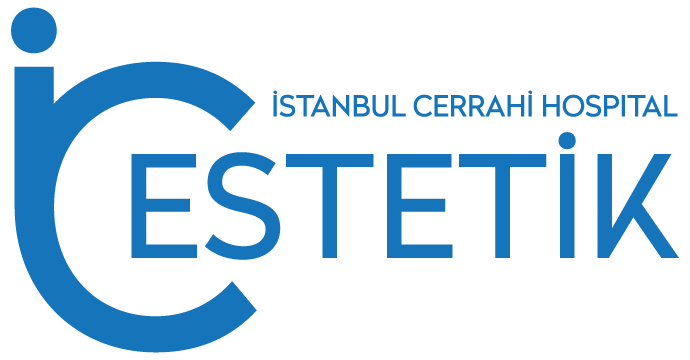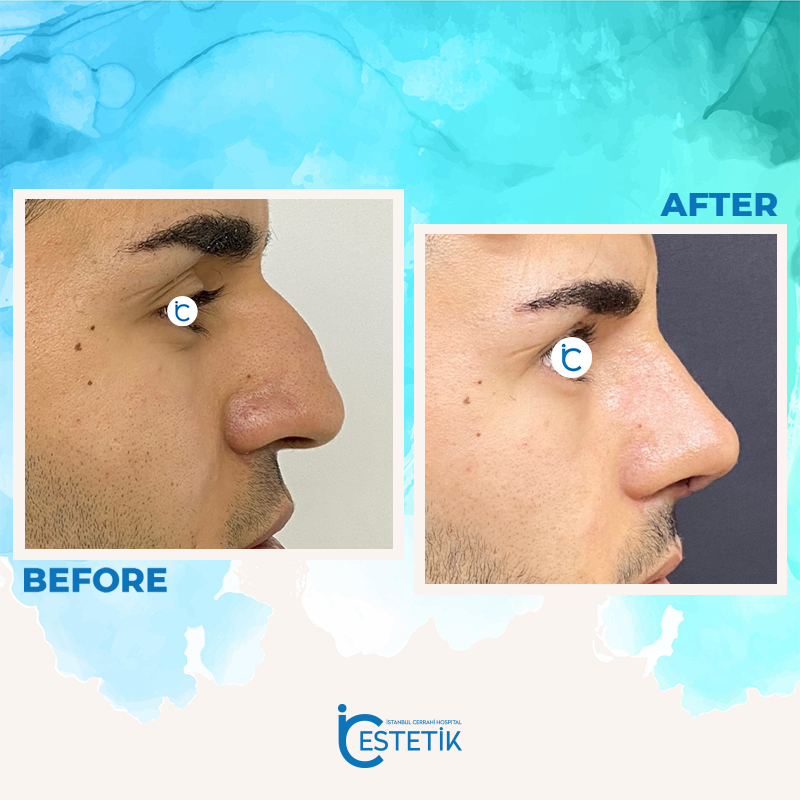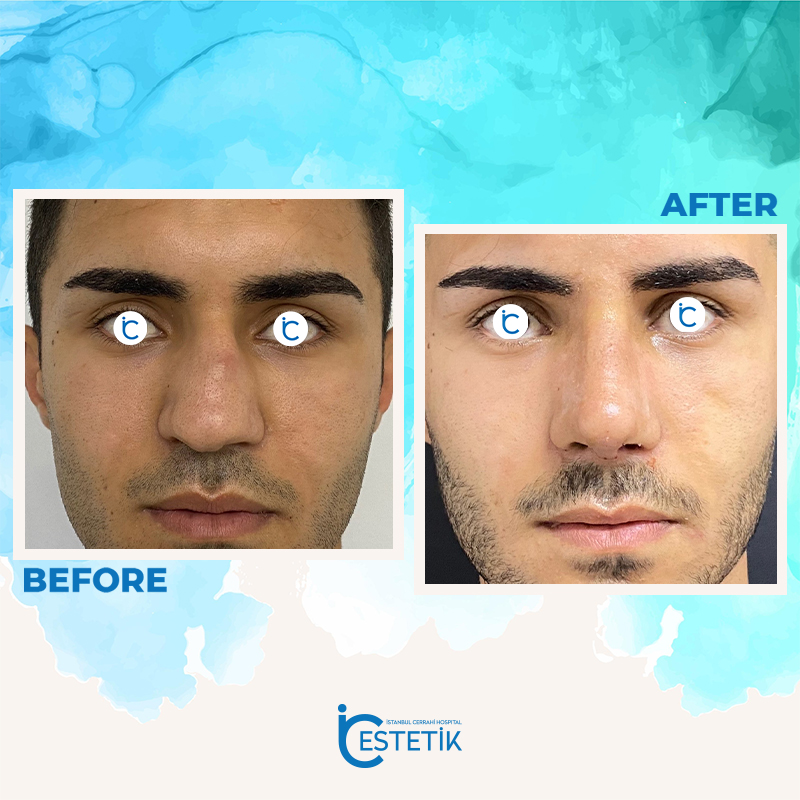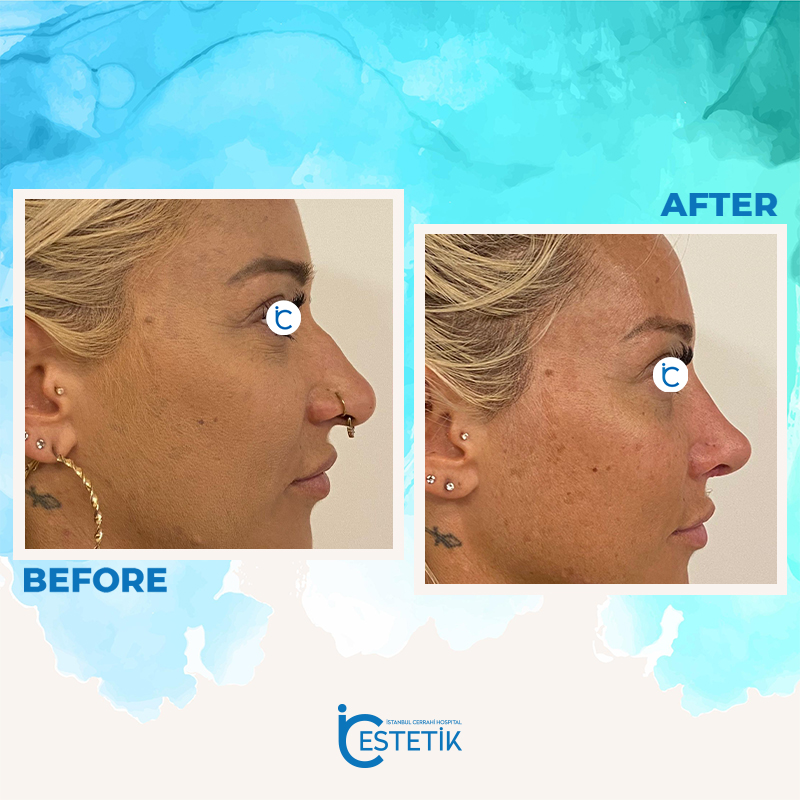Rhinoplasty
Sometimes part or all of a rhinoplasty procedure may be covered by insurance. The coverage is usually based on medical necessity, such as correcting a breathing problem or nasal deformity caused by trauma. However, if the procedure is solely for cosmetic reasons, insurance coverage is unlikely. It is important to check with your insurance provider to understand the specific coverage details and requirements.
During the rhinoplasty consultation, your surgeon will evaluate your nasal structure, discuss your goals, and determine if you are a suitable candidate for the procedure. They will take into account your facial features, skin type, and desired changes when planning the surgery. Your surgeon will work with you to develop a personalized plan tailored to your specific needs and desired outcomes.
Rhinoplasty can involve modifying the bone, cartilage, or skin of the nose, or a combination of these elements. The surgery aims to reshape the nose and can be performed to enhance its appearance, improve breathing function, or both. It is important to have a thorough discussion with your surgeon to understand the potential outcomes and limitations of the procedure.
If you are considering rhinoplasty, it is recommended to consult with a qualified surgeon who specializes in nasal surgery. They can assess your individual situation, discuss the risks and benefits, and guide you through the process.
Why is rhinoplasty performed?
Rhinoplasty can be performed to alter the size, shape, or proportions of the nose. It is commonly done to address concerns resulting from an injury, correct a congenital defect, or improve breathing difficulties.
How to Prepare for Rhinoplasty?
Before undergoing rhinoplasty in turkey, it is important to prepare for the procedure. Here are some steps involved in preparing for rhinoplasty:
Consultation with a Surgeon: Schedule a consultation with a qualified surgeon to discuss your goals, medical history, and expectations for the surgery. The surgeon will assess your suitability for rhinoplasty and explain what the procedure can and cannot achieve for you.
Medical History Evaluation: During the consultation, you will be asked about your medical history, including any previous nasal surgeries, nasal blockages, or bleeding disorders. It is important to provide accurate information to ensure your safety and the success of the procedure.
Physical Examination: The surgeon will conduct a physical examination of your nose and facial features. This examination helps determine the changes needed, assesses the condition of your skin and cartilage, and evaluates how rhinoplasty may impact your breathing.
Photographs: Before the surgery, photographs of your nose from different angles will be taken. These photos serve as a reference point and allow the surgeon to discuss the goals of the surgery. Computer software may also be used to show potential results.
Discussion of Expectations: Have an open and honest discussion with your surgeon about your reasons for seeking rhinoplasty and your expectations. The surgeon will provide insights into what the procedure can realistically achieve and what the potential outcomes might be.
Consideration of Facial Proportions: The surgeon may assess the overall proportions of your face and profile. If necessary, they may discuss additional procedures, such as chin augmentation, to enhance facial balance and achieve optimal results.
Preoperative Instructions: Follow any preoperative instructions provided by your surgeon. These may include avoiding certain medications, smoking cessation, and dietary restrictions before the surgery.
Arrange for Postoperative Care: If you are undergoing outpatient surgery, arrange for someone to drive you home after the procedure. It is also advisable to have a family member or friend stay with you for a night or two to assist with personal care during the initial recovery period.
Rhinoplasty Procedure
You will be given anesthesia to induce a sleep-like state during the surgery. With general anesthesia, you will either breathe in anesthetic medication or receive it through an IV line. General anesthesia affects the entire body and will keep you asleep throughout the surgery. It may require the use of a breathing tube.
Rhinoplasty can be performed through incisions made inside the nose or through a small external incision at the base of the nose, between the nostrils. The surgeon will adjust the bone and cartilage underneath the skin to achieve the desired shape.
The specific changes to the bones or cartilage in your nose will depend on the extent of the modifications needed, the structure of your nose, and the available materials. For minor changes, cartilage can be taken from inside the nose or from the ear. For more significant alterations, cartilage from a rib, implants, or bone from other parts of the body may be used. After the necessary changes are made, the skin and tissues are repositioned, and the incisions are closed with sutures.
In some cases, if the septum (the wall between the two sides of the nose) is deviated or crooked, it can be straightened during the surgery to improve breathing.
Rhinoplasty in Turkey FAQs
How is rhinoplasty different from septoplasty?
Rhinoplasty is a surgical procedure performed to change the shape of the nose, addressing both aesthetic concerns and breathing issues. On the other hand, septoplasty is a surgery specifically focused on improving breathing by straightening the nasal septum, which is the wall inside the nose that separates the nasal passages. Septoplasty is often performed in conjunction with rhinoplasty to address both functional and cosmetic concerns.
Is rhinoplasty a simple operation?
No, rhinoplasty is a complex operation. The nose is a three-dimensional structure located in the center of the face, making even minor changes crucial. The surgical procedure involves precise alterations that can significantly impact the appearance and function of the nose. Factors like swelling and local anesthesia placement during surgery can temporarily distort the nose, making it challenging to assess the exact changes made. Additionally, each rhinoplasty procedure is customized to meet the individual needs of the patient, resulting in a unique surgical plan for each case.
Will I need to stay in the hospital?
In most cases, patients can safely leave the hospital on the same day as the rhinoplasty procedure. However, there are rare instances where an overnight stay may be necessary, especially if there are complications or the patient experiences difficulties with nausea or other health issues that require close monitoring.
How long is the recovery period?
It is generally recommended to take about a week off from work, school, or other obligations after rhinoplasty. Each day, you will gradually feel better during the first week. After one week, most individuals typically feel like themselves again. However, it’s important to note that there will be some swelling after the surgery, which can take several months to fully subside. Most people stop noticing the swelling after a couple of months. You can expect to resume most activities within a week and gradually return to all activities within 2 to 4 weeks.
Are there risks?
Like any surgical procedure, rhinoplasty carries risks, although they are generally small and complications are rare. Prior to the operation, your healthcare provider will discuss the risks and benefits with you, ensuring you have a clear understanding of the potential outcomes and any possible complications.
Does insurance pay for rhinoplasty?
The coverage of rhinoplasty by insurance depends on the policy and the specific circumstances. In some cases, insurance may cover rhinoplasty if it is deemed medically necessary, such as for correcting breathing difficulties or nasal deformities caused by trauma. However, if the procedure is purely for cosmetic purposes, insurance coverage is unlikely. It is important to contact your insurance company and obtain prior written authorization to confirm coverage details. Additionally, it’s recommended to inquire with the business office about the estimated cost of the operation.
Can I see what my nose might look like after surgery?
Some surgeons use simulations before the surgery to give you an idea of the potential post-surgical appearance. They take photographs of your face from different angles and digitally alter them to show the potential outcomes of the procedure.
Is rhinoplasty painful?
For most people, rhinoplasty is not particularly painful. One day after the surgery, most individuals rate their pain between 0 and 4 out of 10 on the pain scale.
Will you pack my nose?
No, packing the nose is not typically done in rhinoplasty procedures. However, soft splints may be placed in the nose, which have holes to allow for breathing, and these splints are usually removed at the one-week follow-up visit.
How long will I be bruised?
Bruising is not common after rhinoplasty, and if it occurs, it usually resolves within about a week.
What should I look for in a surgeon?
When selecting a surgeon for rhinoplasty, it is important to consider factors such as their specialty and board certification. Plastic surgeons, facial plastic surgeons, or otolaryngologists (ENTs) commonly perform rhinoplasty. Look for a surgeon with a good reputation among patients and other providers, who has published articles in medical journals and participates in educational meetings. It is crucial to have confidence and feel comfortable with your surgeon, and ensure they can effectively communicate the details and expectations of your surgery.






